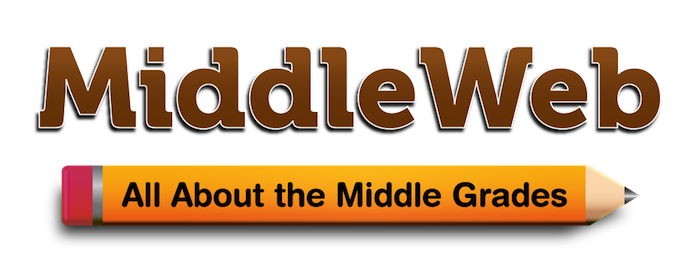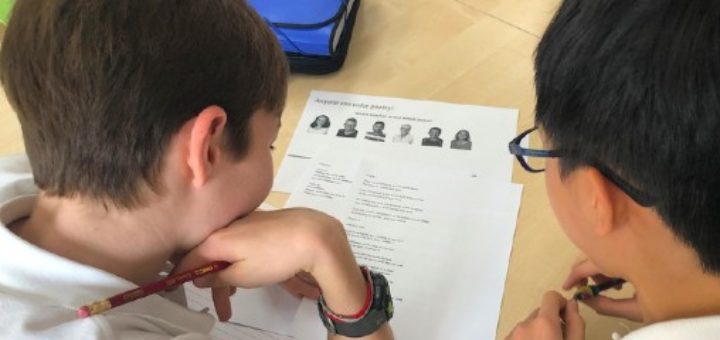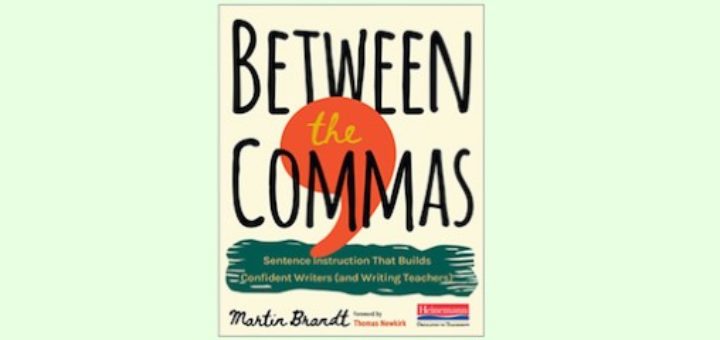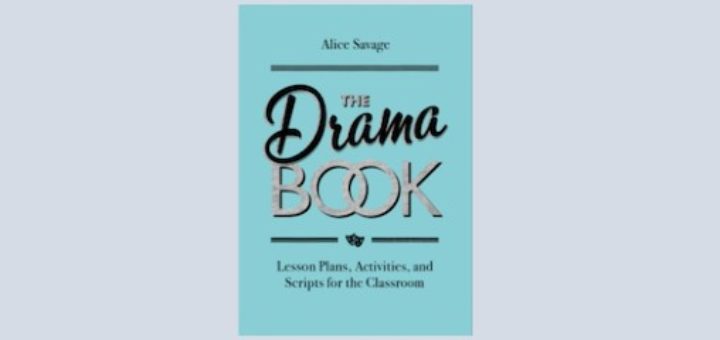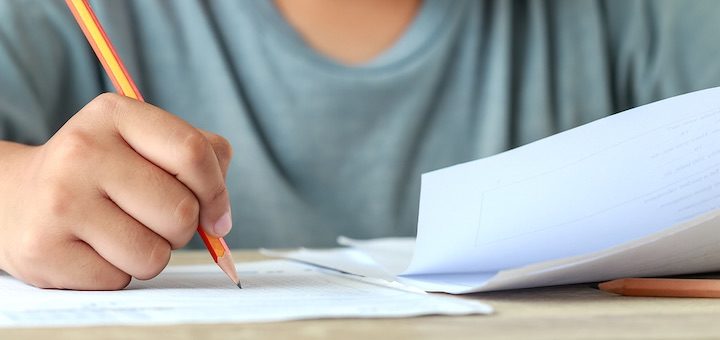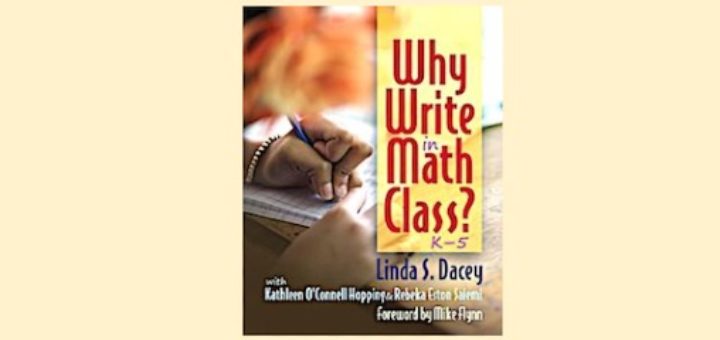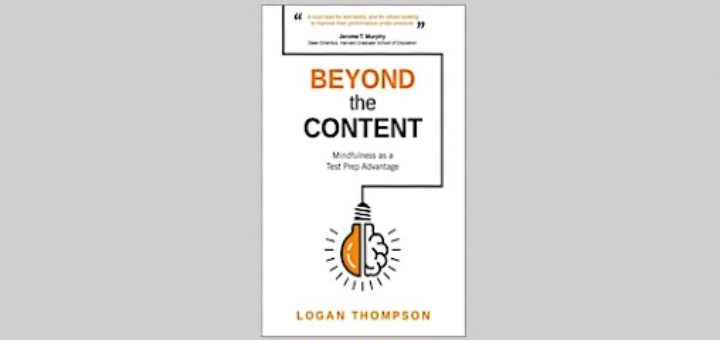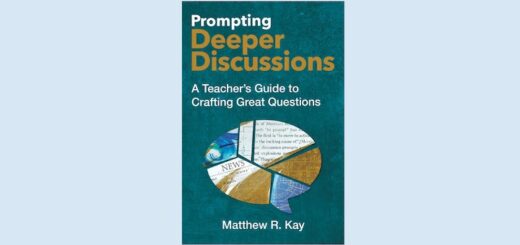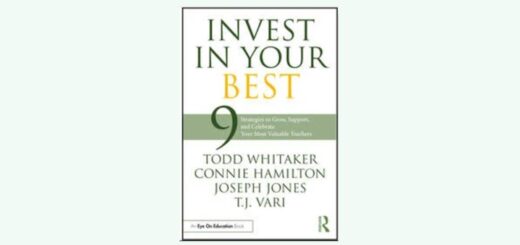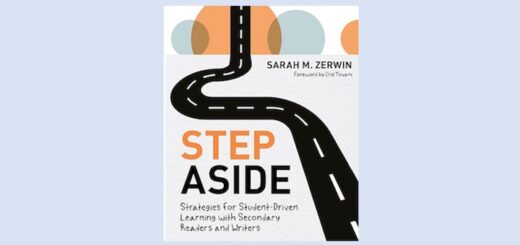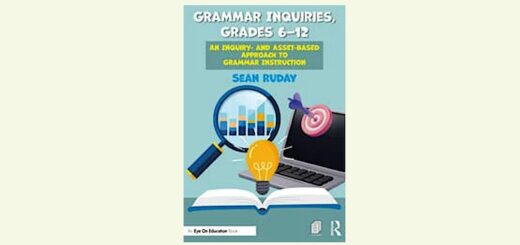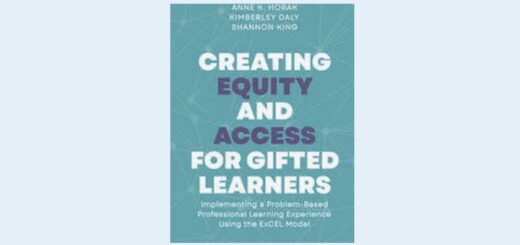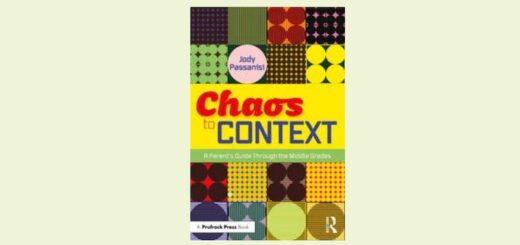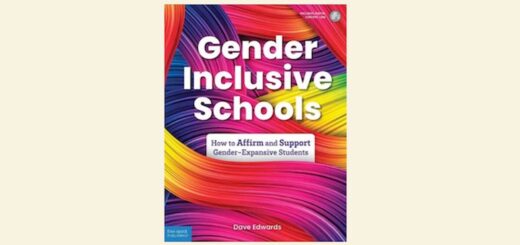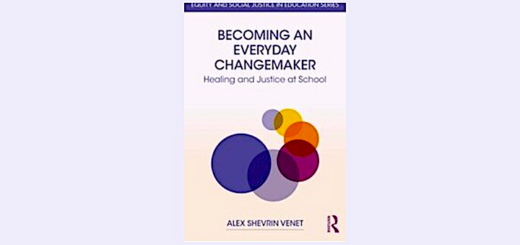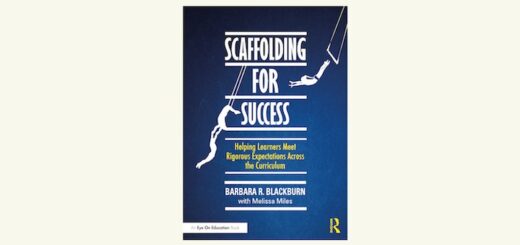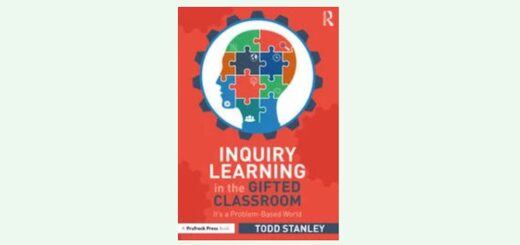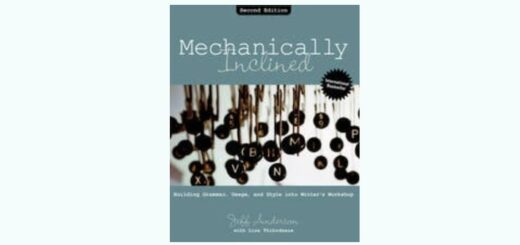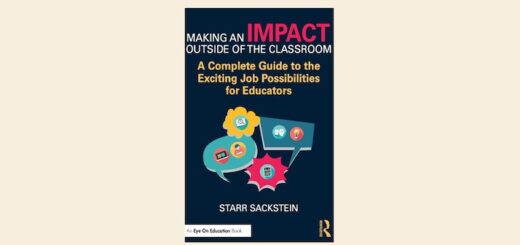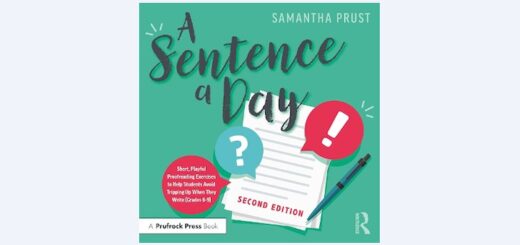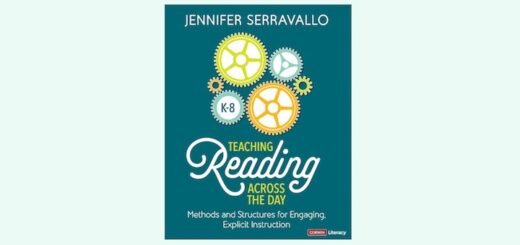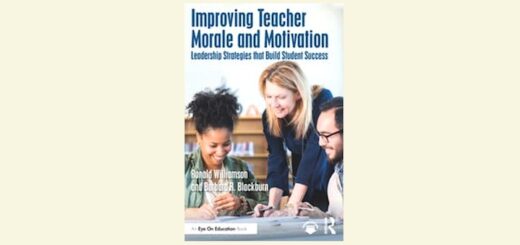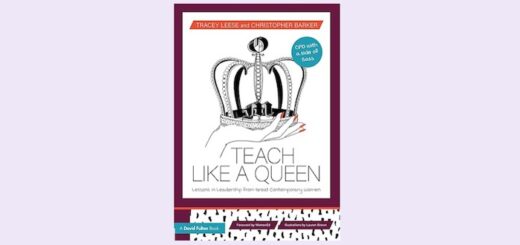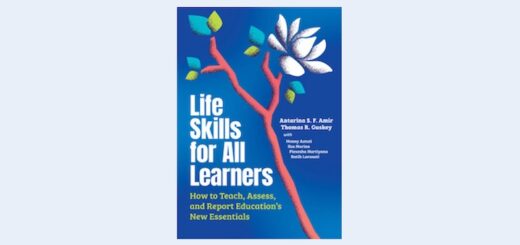Teaching and learning in grades 4-8
Whether your classes dive into poetry in April or throughout the year, teacher Megan Kelly has lots of activities to enrich your students’ experience. Her latest unit has kids collaborating on visual analysis, horoscope haiku, matching teachers to their poems, and more.
Responding to the loss of two students in a car accident, Rita Platt is thinking about how loving school leaders can help their staff work through the darkness and step into the light of hope and compassion. She shares her letter to staff, poetry and helpful articles.
In Between the Commas 6th grade teacher Jeny Randall is delighted to have found a new mentor in writing instruction who emphasizes a sentence construction framework. She looks forward to growing even more as a writing teacher thanks to Martin Brandt’s “irreverent wisdom.”
The Drama Book a great resource for introducing drama into the ELA classroom, especially for inexperienced teachers who are unsure how to best tackle it. It offers practical teaching advice and amazing lesson plans, writes middle school teacher Erin Corrigan-Smith.
Should culturally responsive teaching include “pop culture” as a unifying interest in multicultural classrooms and schools? A.P. Andrew Canlé makes that argument, singling out online competition-based gaming as his example of the engaging pedagogy Generation Z wants.
Spring arrives a day early this year, and testing season won’t be far behind. No matter a teacher’s opinion of standardized testing, most will be engulfed in the annual ritual soon. Curtis Chandler distills strategies to help teachers and students cope successfully.
Michelle Russell realized her students were falling into a rut. They expected her to provide the steps and jump in to help instead of figuring some things out for themselves. Learn what she did to increase engagement and deepen thinking during a challenging unit.
Understanding concept words like ‘innovative’ can help students to make sense of complex sources. Britany Harris and Sunday Cummins share a four-step process to introduce a few new vocabulary words before reading an information text and then focus on them as kids read, talk and write.
Bringing the four types of writing from ELA to math class allows students to explain their thinking, opening a big window for teachers into their level of understanding. “Why Write in Math Class? K-5” by Linda Dacey shows how to make this happen, says Kathie Palmieri.
In addition to using brain science and psychology to help students overcome test anxiety, Logan Thompson’s Beyond the Content offers ways to put mindfulness practices to work in support of student and teacher self-awareness, writes middle grades teacher Laura Von Staden.
